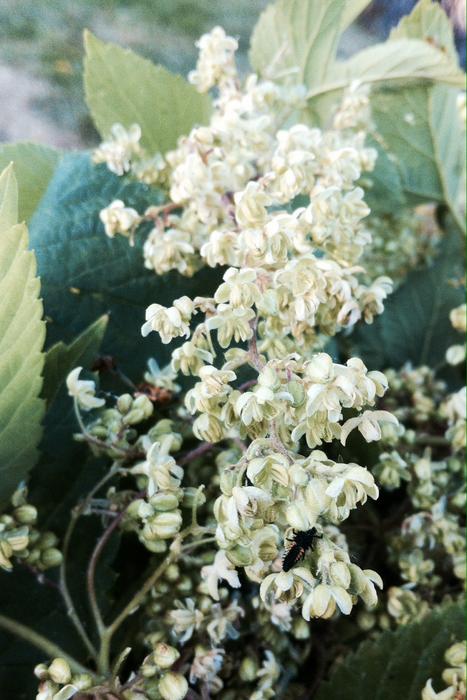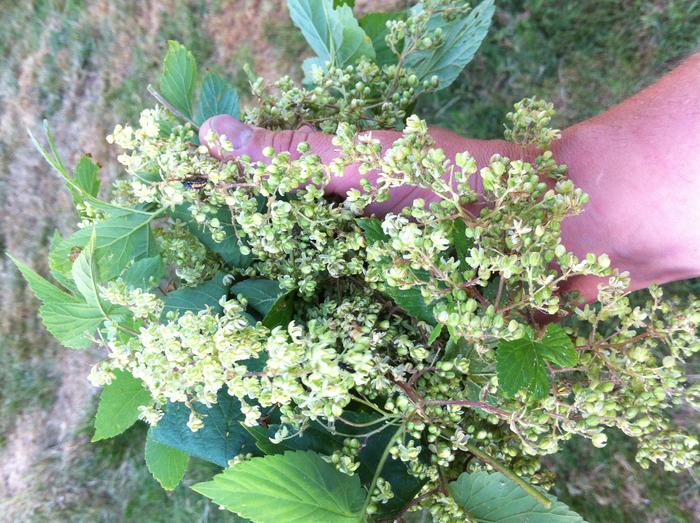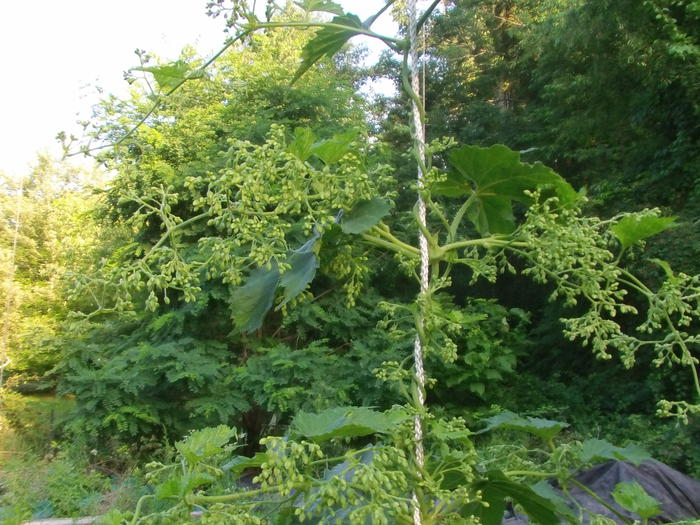A large reason behind this is due to the desirable characteristics being present mostly in the female, but due to the heterogeneous nature of the Humulus genome, breeders use mutagenic agents (e.g. colchicine, a mitotic-spindle inhibitor, which prevents non-disjunction of the chromosomes during mitosis leading to a cell with 2 copies of each and another cell with no copies) that can result in a chromosomal doubling within cells, eventually leading to production of tetraploids. These plants are then crossed with the desired diploid male or female (depending on which gender was treated) and results in plants that are either 2/3 female parent and 1/3 male parent, or vice versa. It's actually quite a versatile way of producing genomic diversity, but again the issue arises when trying to use those resulting triploids for breeding material. The only way to do so, would result in using colchicine again on the triploid to make a hexaploid plant.
Here is where issues begin to arise, there is an inverse relationship between vigor/growth and fertility. As the chromosomal content increases, there is usually a resultant decrease in the fertility of the organism in question. Again, there are always exceptions to such rules, but a majority of species follow this guideline.





































![Craft A Brew - Safale BE-256 Yeast - Fermentis - Belgian Ale Dry Yeast - For Belgian & Strong Ales - Ingredients for Home Brewing - Beer Making Supplies - [3 Pack]](https://m.media-amazon.com/images/I/51bcKEwQmWL._SL500_.jpg)

























